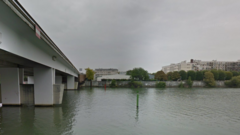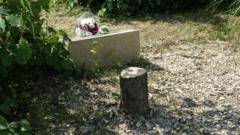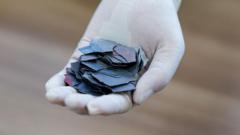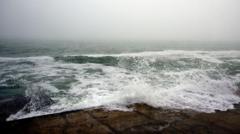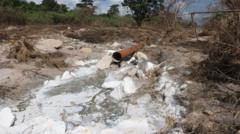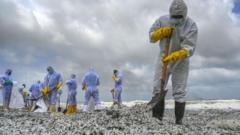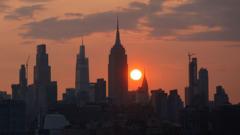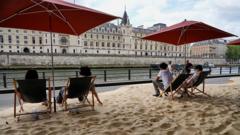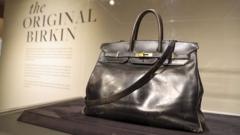This historic reopening of the River Seine, where swimming was banned since 1923, brings excitement to Parisians and visitors as preparations for the upcoming Olympics continue. For many, this initiative symbolizes the culmination of years of efforts to restore the river's water quality.
Swimming Allowed Again in Seine as Paris Prepares for Olympic Games
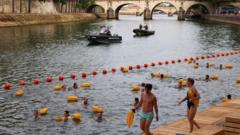
Swimming Allowed Again in Seine as Paris Prepares for Olympic Games
The River Seine in Paris welcomes swimmers for the first time in a century, marking a significant milestone ahead of the Paris 2024 Olympics.
The Seine's restriction on swimming lasted for 100 years due to pollution concerns, with major investments made recently to clean the water and provide safe recreational swimming areas.
The River Seine in Paris has reopened to swimmers, a move that hasn't taken place since 1923. This seasonal initiative is an essential part of the legacy tied to the Paris 2024 Olympics, during which open water swimming events will be held. On Saturday, initial swimmers eagerly dove into designated areas along the Seine, which has been equipped specifically for the public.
Drawing a crowd, three swimming zones have been established: one near the iconic Eiffel Tower, another by Notre Dame Cathedral, and a third in the eastern district of Paris. Each site features amenities such as changing rooms, showers, and lounge areas for sunbathing, accommodating up to 300 bathers at any given time.
The swimming zones are accessible for free and open to individuals aged 10 or 14 years, varying by location, until the end of August. Trained lifeguards will oversee the areas to ensure the safety of all participants.
The long-awaited lift on the swimming ban originates back to 1988, when then-mayor Jacques Chirac began advocating for safer swimming conditions. Over the last two decades, considerable improvements have been made to reduce pollution levels significantly.
Leading up to the Olympics, approximately €1.4 billion (around $1.6 billion) has been invested in cleaning up the Seine. However, just before the Olympics, concerns arose regarding water quality tests, which indicated that recent rainfall had temporarily increased pollution—potentially impacting athlete training sessions for water events.
In a display of confidence, Paris Mayor Anne Hidalgo, along with Olympic committee members, entered the Seine last summer to demonstrate that it was safe for swimming. This affirmation, supported by various media personalities, aims to alleviate public concerns and encourage participation in this new recreational opportunity along one of Paris's most cherished natural landmarks.
The River Seine in Paris has reopened to swimmers, a move that hasn't taken place since 1923. This seasonal initiative is an essential part of the legacy tied to the Paris 2024 Olympics, during which open water swimming events will be held. On Saturday, initial swimmers eagerly dove into designated areas along the Seine, which has been equipped specifically for the public.
Drawing a crowd, three swimming zones have been established: one near the iconic Eiffel Tower, another by Notre Dame Cathedral, and a third in the eastern district of Paris. Each site features amenities such as changing rooms, showers, and lounge areas for sunbathing, accommodating up to 300 bathers at any given time.
The swimming zones are accessible for free and open to individuals aged 10 or 14 years, varying by location, until the end of August. Trained lifeguards will oversee the areas to ensure the safety of all participants.
The long-awaited lift on the swimming ban originates back to 1988, when then-mayor Jacques Chirac began advocating for safer swimming conditions. Over the last two decades, considerable improvements have been made to reduce pollution levels significantly.
Leading up to the Olympics, approximately €1.4 billion (around $1.6 billion) has been invested in cleaning up the Seine. However, just before the Olympics, concerns arose regarding water quality tests, which indicated that recent rainfall had temporarily increased pollution—potentially impacting athlete training sessions for water events.
In a display of confidence, Paris Mayor Anne Hidalgo, along with Olympic committee members, entered the Seine last summer to demonstrate that it was safe for swimming. This affirmation, supported by various media personalities, aims to alleviate public concerns and encourage participation in this new recreational opportunity along one of Paris's most cherished natural landmarks.


